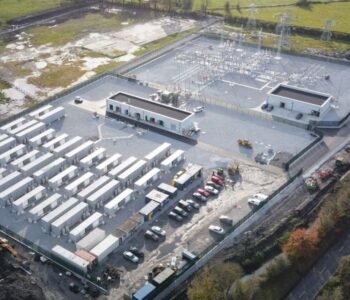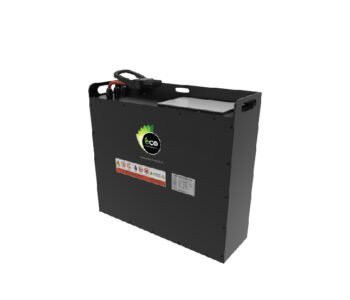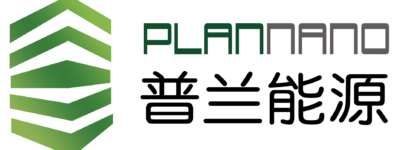 Energy Storage Solution
Energy Storage Solution
The question of bankability: From tech to revenue model
“From a financial point of view, li-ion batteries are now a fully bankable technology. World-class providers like Fluence and Tesla are delivering new products with up to 20,000 cycles and above 90% round-trip efficiencies. And lithium ferro phosphate (LFP), with its lower cost and reduced fire risk, seems now the chemistry of choice for stationary storage.
Now that the technology aspect has been sorted, how can the revenue model of stationary storage become bankable? Contrary to wind and solar, batteries don’t typically benefit from long-term secured revenues, such as power purchase agreements (PPAs).
Instead, investors in storage need to deal with several types of revenues (arbitrage, grid services, reserve) which are difficult to model. Even more important, capturing those new revenues relies on implementing ever-improving software that maximise the monetisation of the numerous market opportunities but can be often seen as “black boxes” by investors.
The software race is on. Against Tesla’s Autobidder, you see Fluence acquiring AMS to provide an integrated hardware + software solution. Those new software are incomparably more suited to optimise battery assets than human traders. For instance in Australia, the new market design has created five-minute bidding windows: the best human trader will post 15-20 trades a day, whereas the software will be able to bid 288 times (12 bids per hour x 24h).”
Financier, renewable energy transactions










